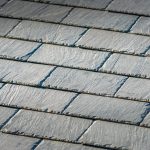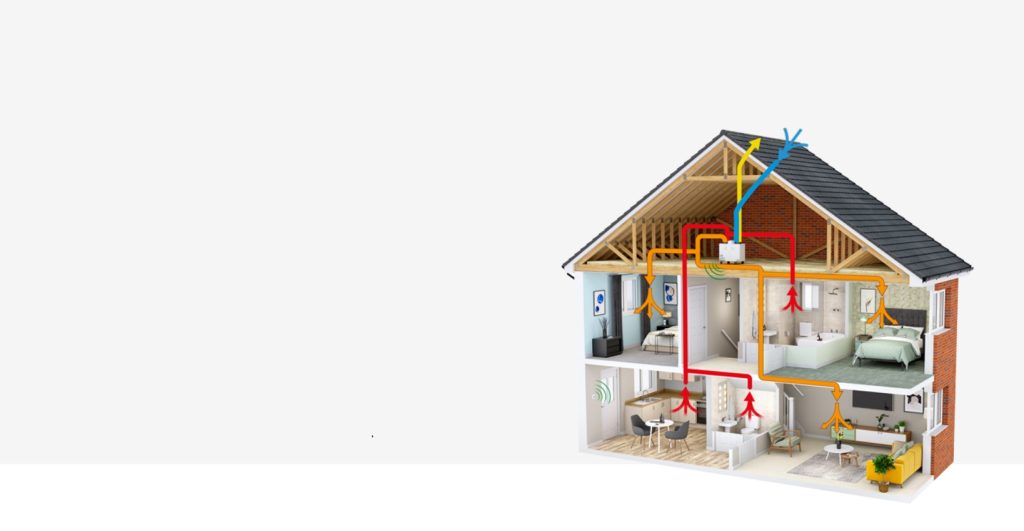Plastic inspection chambers
Sewers for Adoption 7, as well as offering comprehensive guidance on new sewer and lateral drain installations connecting more than one property (which can now be adopted as an asset by water authorities), also contained a major change in regards to plastic Inspection Chambers (ICs).
SfA7 for the first time authorises the use of plastic Inspection Chambers, meaning that engineers and contractors who want to employ a lighter, easier to handle alternative to concrete can, in the knowledge they will be likely to gain approval.
The recent introduction of a much more rigorous new standard for plastic ICs, namely BS EN 13598 in 2013, further adds to the credibility of plastic in delivering a fit for purpose solution in a variety of applications. Part 2 of the standard (BS EN 13598-2) covers deep ‘adoptable’ installations from 1.2 mm to 6 mm, and SfA7 now accepts plastic chambers for installations up to an invert depth of 3 m, so specifiers have a double-whammy of official WRc guidance and a robust official standard supporting their decision to opt for fit for purpose plastic alternatives.
The standard has tightened testing requirements significantly within the key criteria of Material, Structural Integrity and Impact, meaning it represents a much more robust demonstration of plastic ICs’ resilience than BS 7158. This article outlines how the new BS EN 13598 standard has raised the bar on each of these criteria, and gives credence to plastic’s abilities to perform even critical deep applications.
Material
Both the previous standard BS 7158 and Part 1 and 2 of BS EN 13598 (Part one covering installations up to an invert depth of 1.2 m) contain testing requirements for virgin plastic and recycled/reformulated plastic. The old standard required virgin plastic to only meet the requirement of existing pipe standards, whereas BS EN 13598-2 adds a new requirement of 1,000 hour testing. When it comes to reformulated plastic, BS EN 13598-2 requires 3,000 hour testing to establish durability.
Structural Integrity
Whereas BS 7158 required a test period of 100 hours for all products designed for depths up to 6 m, BS EN 13598-2 ups the ante for critical areas by a factor of 10, requiring 1,000 hours testing. It also adds a new requirement for a 50-year performance ‘projection’ that the product will not deform under normal conditions, in both vertical and horizontal orientations, and will suffer no collapses or cracks.
Impact
There was no requirement for impact testing under BS 7158, although it covers important performance parameters such as unexpected traffic loading. However, now BS EN 13598-2 requires chambers for applications from 1.2 m to 6 m to be impact tested using a standard 1 kg R50 impact head from a drop height of 2.5 m with no resulting cracking.
With the latest Sf7 guidance now authorising the use of plastic chambers for adoptable installations, developers can be assured that they will be much more likely to get a smooth passage to approvals when choosing plastic options. Further to this, the improved new BS EN 13598 standard enables engineers and developers to demonstrate best practice, particularly in the case of deep applications for critical areas. With their proven leak-proof credentials and lightweight health and safety benefits for installers, added to this new benchmark standard, the case for plastic is watertight.



















